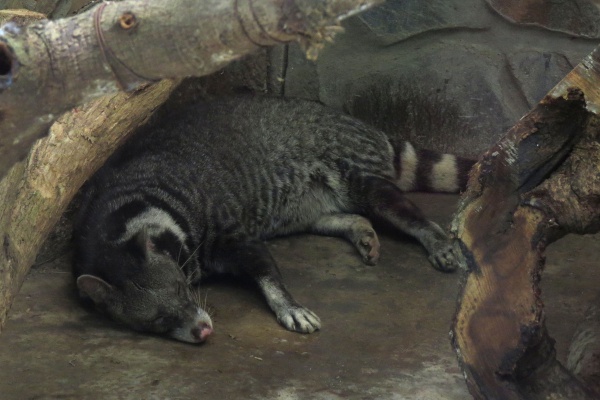Facts About Large-spotted civet
The large-spotted civet is a captivating yet endangered animal native to Southeast Asia. Listed as Endangered on the IUCN Red List, this species was first described by Pocock. These civets exhibit a range of colors, from silvery-grey to golden-buff or tawny, and are easily identifiable by the distinctive patterns and spots on their fur.
Adult large-spotted civets typically measure between 30 and 30.5 inches in length from head to body. Their tails contribute an additional 13 to 15.5 inches, and they weigh between 14.5 and 18.5 pounds.
These civets can be found in countries such as Myanmar, Thailand, Malaysia, Cambodia, Laos, Vietnam, and China. They thrive in various forest types at altitudes below 300 meters. Unfortunately, their populations are threatened by habitat destruction and hunting. These animals are often targeted with snares and dogs, leading to dwindling numbers, especially in China and Vietnam, where they are hunted for food.
The classification of the large-spotted civet has been a subject of debate among scientists like Pocock. Some classify it as a distinct species, while others consider it a subspecies within the Viverra genus. Regardless of its classification, the urgency for conservation efforts to protect this unique species is unequivocal.

 Malaysia
Malaysia